What are the production processes of gift boxes?
Struggling with inconsistent gift box quality? Manual processes slowing you down? Understanding the production flow is key to solving these issues and improving your output.
Making a gift box involves several key stages. It starts with design and material selection, followed by cutting or grooving the board, assembling the structure (often by taping corners), applying adhesive, positioning the cover paper, wrapping or forming the box, and finally pressing to ensure smoothness. [^2] [^3] [^4]
Knowing the basic steps is just the start. Let's dive deeper into each part of the process. This knowledge can help you identify bottlenecks and areas for improvement in your own production line. Ready to explore the details?
What are the steps in making a gift box?
Are the different stages of box making confusing? Worried that missing a step or doing it incorrectly will lead to costly waste? Let's break down the process clearly.
Key steps include: preparing the design, cutting or grooving the cardboard structure, pasting the corners for rigidity [^3], applying glue, precisely placing the cover paper onto the glued board, forming or wrapping the paper around the box sides, and pressing the final box to remove bubbles. [^2] [^3]
!
Let's look closer at each phase. Getting these steps right is crucial for a high-quality finished product that impresses your customers.
Design and Pre-press
Everything starts with a design. This includes the box dimensions, the artwork for the cover paper, and any special features like cutouts or magnetic closures. Pre-press involves preparing the digital files for printing and creating any necessary tooling, like cutting dies if you're using die-cutting instead of grooving. Accuracy here prevents problems later.
Material Preparation (Cutting & Grooving)
The core structure is usually made from rigid board. This needs to be cut accurately to size. For high-quality rigid boxes, like the ones used for luxury items or jewelry, grooving is often preferred over traditional die-cutting. Grooving creates V-shaped or U-shaped channels in the board. When folded, these grooves create perfectly sharp, 90-degree corners without the slight recess often seen with die-cut boxes [^4]. This gives a much cleaner, more premium look. Our Kylin KY-1200 grooving machine is specifically designed for this precise task [^4].
Assembly (Taping & Gluing)
Once the board pieces are ready, they need to be assembled. For rigid boxes, the corners are often taped together using a special machine, like our KY-40 Box Corner Pasting Machine [^2] [^3]. This machine applies heat-activated adhesive tape to securely join the corners, creating the basic box shape before the cover paper is applied. Then, adhesive (like jelly glue or hot melt) is applied to the cover paper or the box structure, preparing it for wrapping.
Wrapping & Finishing
This is where the box gets its final look. The glued cover paper is carefully positioned and wrapped around the rigid board structure. Machines like our KY-500 Box Forming Machine help automate this, folding the paper edges smoothly over the sides and tucking them in [^2]. After wrapping, the box often goes through a pressing stage, perhaps using a machine like the KY-180 Paper Boxes Press Machine, to ensure the paper adheres fully and to remove any air bubbles, resulting in a smooth, professional finish [^3].
Automation & Quality
For higher volumes and consistent quality, automation is key. Machines like our Auto Rigid Box Machine KY-420B combine several steps, like gluing and forming, using robotic arms for precise handling [^6]. This not only increases production speed significantly but also improves worker safety and guarantees uniformity across thousands of boxes [^6]. I remember visiting a client who switched from manual assembly to one of our automated lines for their jewelry boxes; the difference in consistency and speed was incredible, transforming their production capacity. These machines are ideal for making phone boxes, tea boxes, jewelry boxes, and other high-end rigid packaging [^6].
Which material is used to make gift boxes?
Feeling lost in the sea of material options? Choosing the wrong paper or board can ruin the look and feel of your final box? Let's clarify the common choices.
Gift boxes typically use rigid greyboard or chipboard for the core structure, providing strength. This is then covered with various papers like art paper, textured paper, or specialty foil paper for aesthetics. Adhesives like jelly glue or hot-melt tape hold it together. [^1] [^3]
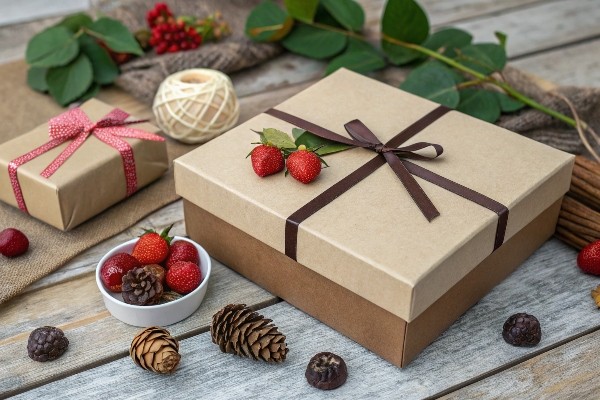
The materials you choose directly impact the box's strength, appearance, and cost. Understanding the options helps you make the best decision for your specific needs.
The Structural Core: Board Types
The "skeleton" of a rigid gift box is the board.
- Greyboard: Made from recycled paper pulp, it's dense, strong, and provides excellent rigidity. It's the standard for high-quality boxes.
- Chipboard: Also often made from recycled materials, but can vary more in density and smoothness. It's a cost-effective option, suitable for many applications.
The thickness of the board (measured in mm or points) determines how sturdy the box feels. We at Kylin Machine can help you source the right type of board for your needs [^1].The Aesthetic Layer: Cover Papers
This is the paper you see on the outside (and sometimes inside) of the box.
- Art Paper: Coated paper, smooth finish, excellent for high-quality printing.
- Kraft Paper: Strong, often brown (though can be bleached white or dyed), gives a natural or rustic look.
- Textured Paper: Embossed with patterns (linen, leatherette, etc.) to add tactile interest.
- Specialty Papers: Includes foil papers, pearlescent papers, flocked papers, etc., for a unique luxury feel. We can assist in sourcing specialized papers too [^1].
Adhesives and Fasteners
- Adhesives: Jelly glue is common for covering large surfaces due to its slower drying time, allowing for adjustments. Hot-melt adhesive tape is often used for corner taping due to its quick bonding [^3]. The choice depends on the application and machinery.
- Fasteners: For closures, magnets embedded within the board and covered by paper are popular for a clean look [^1]. Metal plates might be used with magnets [^1]. Ribbons are also frequently used for closures or decoration.
Here's a simple table summarizing common combinations:
| Feature | Board Type | Cover Paper | Adhesive | Common Use Case |
|---|---|---|---|---|
| Structure | Greyboard (1-3mm) | Art Paper | Jelly Glue | Luxury Goods, Jewelry |
| Appearance | Chipboard | Textured Paper | Jelly Glue | Apparel, Gift Sets |
| Closure | Greyboard | Specialty Paper | Hot Melt Tape | Electronics, Cosmetics |
| Decoration | Chipboard | Kraft Paper | Jelly Glue | Eco-friendly products |
What should be included in a gift box?
Is simply placing the product inside enough? Worried your presentation falls flat compared to competitors? Thinking about the inside elevates the experience.
Beyond the main item, a well-thought-out gift box often includes protective inserts (like foam or card), decorative filler (like shredded paper), branding elements (cards, tags), and sometimes small complementary items to enhance the overall unboxing experience.
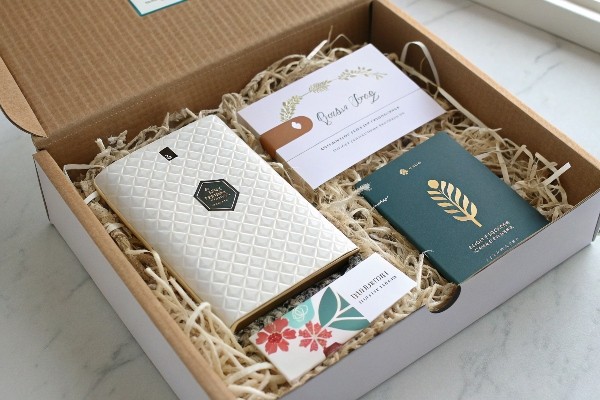
The contents aren't just about filling space; they protect the product, reinforce your brand, and delight the recipient. Let's explore these internal elements.
Protecting the Prize: Inserts & Linings
To keep the main gift secure and prevent it from moving during transit, inserts are crucial.
- Die-Cut Cardboard: Custom-shaped to hold the product snugly. Cost-effective and recyclable.
- Foam (EVA, Polyethylene): Offers excellent cushioning, often used for fragile items like electronics or cosmetics. Can be cut precisely.
- Molded Pulp: Eco-friendly option, formed to fit the product shape.
- Fabric Linings: Satin or velvet linings add a touch of luxury, often seen in jewelry or watch boxes. These protect against scratches and enhance perceived value.
Filling the Void: Aesthetics & Cushioning
Sometimes, empty space needs filling both for protection and visual appeal.
- Shredded Paper: Crinkle-cut or straight-cut paper adds volume, provides cushioning, and adds a decorative touch. Available in many colors.
- Tissue Paper: Used to wrap items within the box or layered for a softer presentation. Can be printed with logos.
Using filler makes the box feel more "complete" and shows attention to detail.Branding & Personal Touches
The inside of the box is prime real estate for reinforcing your brand.
- Thank You Cards/Notes: A simple, personal touch that customers appreciate.
- Brand Story Leaflets: Briefly tell your company's story or highlight product features.
- Business Cards: Ensure the recipient knows how to connect again.
- Ribbons/Seals: Custom printed ribbons or branded stickers to seal tissue paper or add a final flourish.
- Personalized Tags: Adding the recipient's name makes the gift feel more special.
Curated Additions
Depending on the product and market, adding small complementary items can be a great strategy.
- Samples: Include a small sample of another product.
- Small Treats: A chocolate or candy can be a nice surprise.
- Relevant Accessories: A cleaning cloth for jewelry, a small applicator for cosmetics.
I remember a client selling high-end candles; they started including a small, beautifully designed box of matches inside their main gift box. Customers loved this thoughtful addition, and it significantly boosted their brand perception.What is the purpose of a gift box?
Think a box is just a container? Are you overlooking its potential as a powerful marketing tool? Understanding its purpose helps you leverage it effectively.
A gift box serves multiple purposes: it protects the product inside, significantly enhances the perceived value and presentation, creates a memorable unboxing experience for the recipient, and acts as a crucial branding and marketing touchpoint for your business. 1
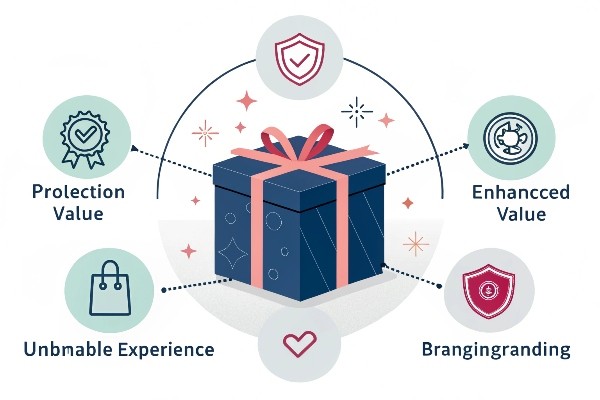
A gift box is far more than packaging; it's an integral part of the product experience. Let's break down its key roles.Protection & Preservation
The most basic function is to protect the contents. Whether during shipping, sitting on a retail shelf, or being carried home by a customer, the box shields the product from damage, dust, and scratches. A sturdy, well-constructed box, like those made using reliable machinery from Kylin Machine 2 3, ensures the product arrives in perfect condition.
Elevating Perceived Value
Presentation matters immensely. A high-quality, attractive gift box signals that the product inside is also high-quality and valuable 1. Think about luxury brands – their packaging is often as meticulously designed as the product itself. This premium feel can justify a higher price point and increase customer satisfaction even before they see the actual gift.
The Unboxing Experience
In today's world of social media sharing, the "unboxing experience" has become incredibly important. A beautifully designed box with thoughtful internal elements creates excitement and delight for the recipient. It turns receiving a product into an event, making it more memorable and shareable, which is free marketing for your brand.
Branding & Marketing
The gift box is a tangible representation of your brand. Consistent use of logos, brand colors, and design elements reinforces brand identity. You can print marketing messages, website information, or social media handles directly on the box. A well-designed box encourages customers to keep it, extending its life as a subtle marketing tool in their home or office. Our machines, like the KY-420B, help create these impressive, brand-building boxes efficiently 1.
Conclusion
Understanding gift box production – the steps, materials, contents, and purpose – empowers you to create better packaging. Quality processes lead to quality boxes that protect products and impress customers.
Footnotes:
-
Description of the Auto rigid box machine KY-420B, its applications (including jewelry boxes), benefits (automation, safety, capacity), and its role in creating luxurious packaging that enhances product presentation and branding (Reference Document: detail of Auto rigid box machine Ky-420B.pdf). ↩ ↩ ↩
-
Information about box forming machines (like KY-550C) and corner pasting machines (like KY-40) used for gift/rigid boxes (Reference Document: quotation1.pdf). ↩
-
Details on corner pasting using hot-melt tape (KY-40) and pressing machines (KY-180) for bubble removal in gift/rigid box production (Reference Document: Distrubitor Price list To arnold.xlsx). ↩


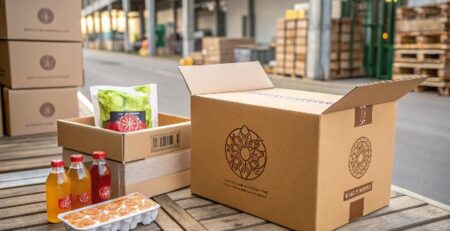


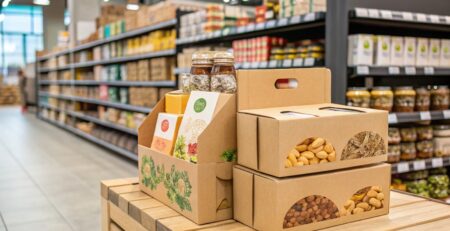
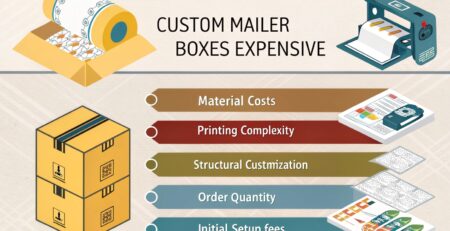
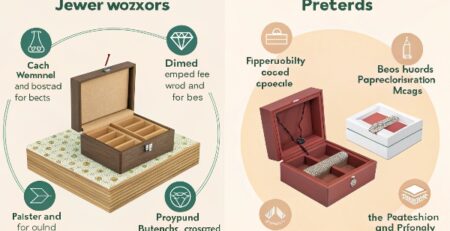
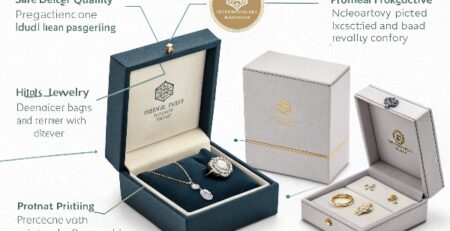
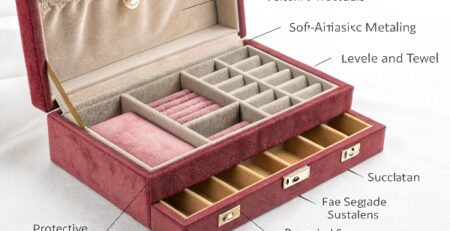
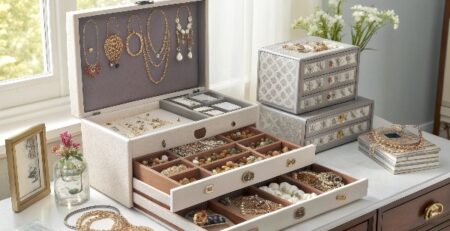
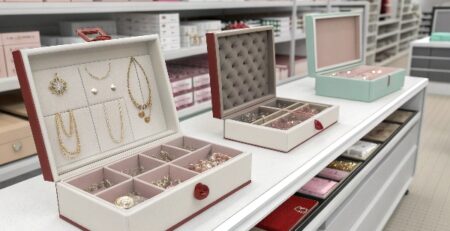
发表回复